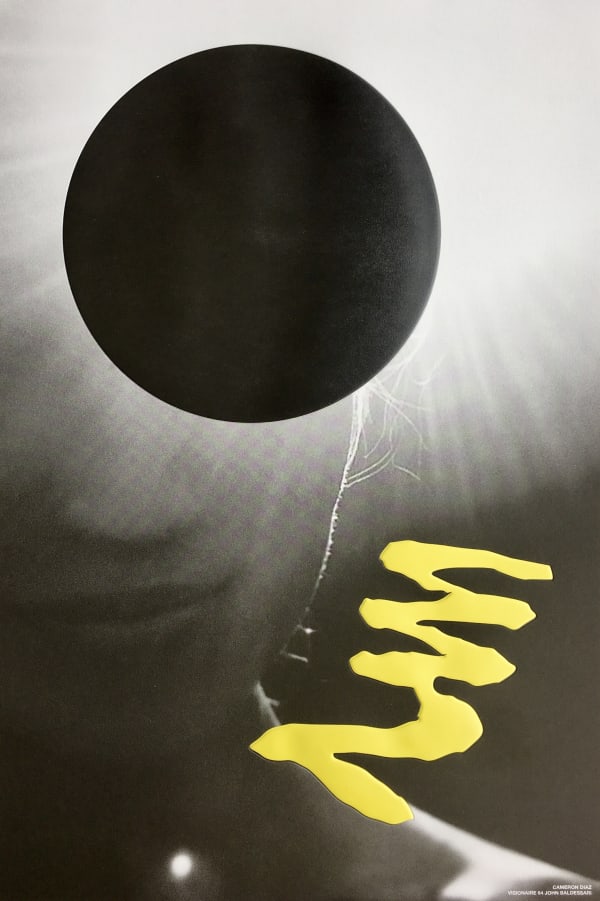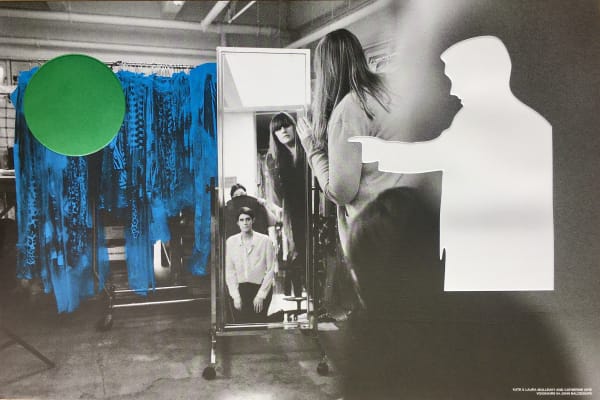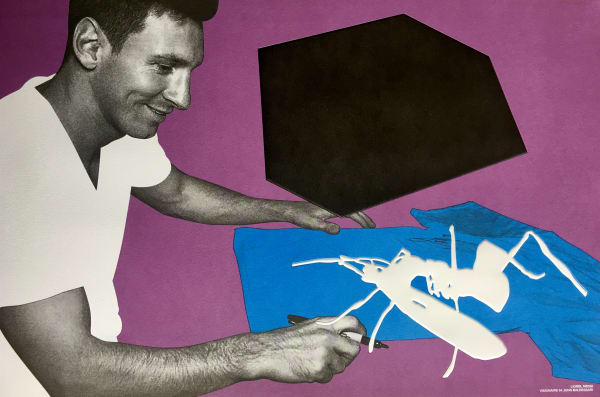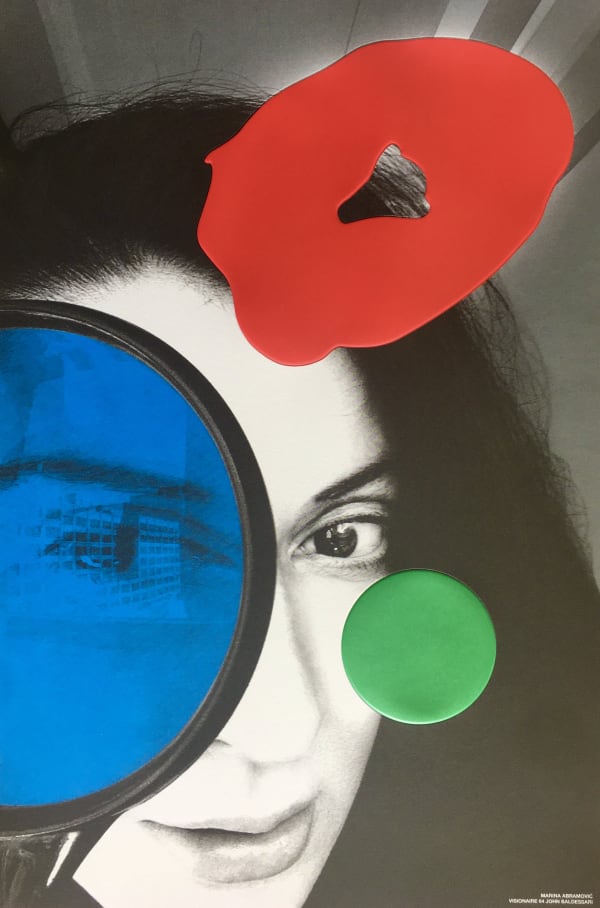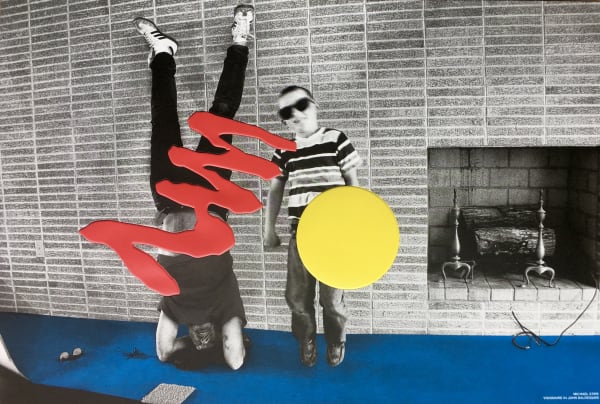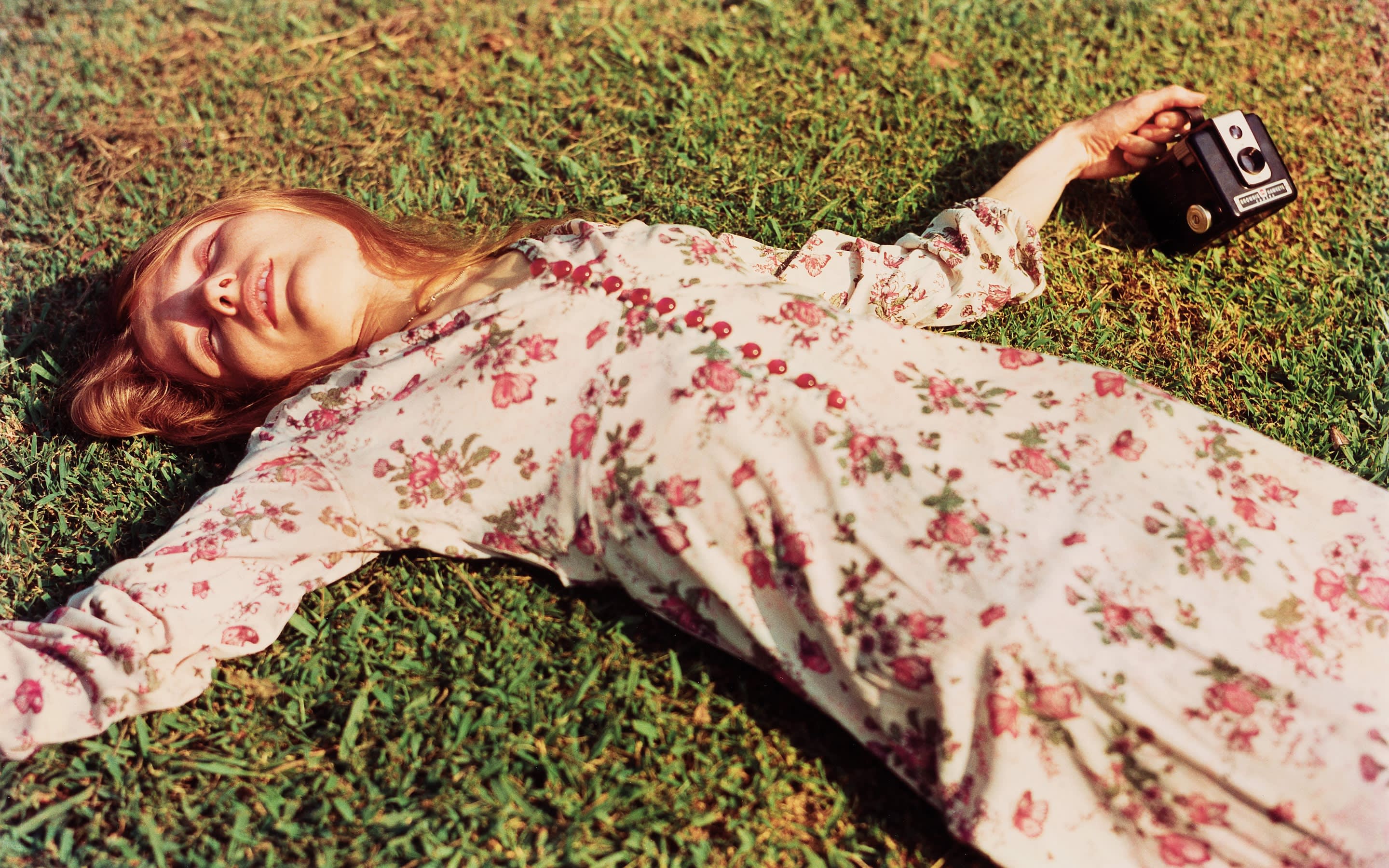John Baldessari
-
 John BaldessariAi Wei Wei, 2018£ 450.00
John BaldessariAi Wei Wei, 2018£ 450.00 -
 John BaldessariCameron Diaz, 2018£ 450.00
John BaldessariCameron Diaz, 2018£ 450.00 -
 John BaldessariDustin Hoffman, 2018£ 450.00
John BaldessariDustin Hoffman, 2018£ 450.00 -
 John BaldessariJames Franco, 2018£ 450.00
John BaldessariJames Franco, 2018£ 450.00 -
 John BaldessariJulianne Moore, 2018£ 450.00
John BaldessariJulianne Moore, 2018£ 450.00 -
 John BaldessariKate & Laura Mulleavy with Catherine Opie, 2018£ 450.00
John BaldessariKate & Laura Mulleavy with Catherine Opie, 2018£ 450.00 -
 John BaldessariKate Upton, 2018£ 450.00
John BaldessariKate Upton, 2018£ 450.00 -
 John BaldessariKAWS, 2018£ 450.00
John BaldessariKAWS, 2018£ 450.00 -
 John BaldessariKirsten Dunst, 2018£ 450.00
John BaldessariKirsten Dunst, 2018£ 450.00 -
 John BaldessariLionel Messi , 2018£ 450.00
John BaldessariLionel Messi , 2018£ 450.00 -
 John BaldessariLupita Nyong’o, 2018£ 450.00
John BaldessariLupita Nyong’o, 2018£ 450.00 -
 John BaldessariMarina Abramovic, 2018Sold
John BaldessariMarina Abramovic, 2018Sold -
 John BaldessariMaurizio Cattelan, 2018£ 350.00
John BaldessariMaurizio Cattelan, 2018£ 350.00 -
 John BaldessariMichael Stipe, 2018£ 450.00
John BaldessariMichael Stipe, 2018£ 450.00 -
 John BaldessariMiley Cyrus, 2018£ 450.00
John BaldessariMiley Cyrus, 2018£ 450.00 -
 John BaldessariNeil Patrick Harris, 2018£ 450.00
John BaldessariNeil Patrick Harris, 2018£ 450.00 -
 John BaldessariPsy, 2018£ 450.00
John BaldessariPsy, 2018£ 450.00 -
 John BaldessariRanveer Singh, 2018£ 450.00
John BaldessariRanveer Singh, 2018£ 450.00 -
 John BaldessariScarlett Johansson, 2018£ 350.00
John BaldessariScarlett Johansson, 2018£ 350.00 -
 John BaldessariYuna Kim, 2018Sold
John BaldessariYuna Kim, 2018Sold -
 John BaldessariMan with Snake (Blue and Yellow), 1990£ 1,850.00
John BaldessariMan with Snake (Blue and Yellow), 1990£ 1,850.00
John Baldessari was an American Conceptual artist known for his pioneering use of appropriated imagery. By blending photography, painting and text, Baldessari’s work examines the plastic nature of artistic media while offering commentary on our contemporary culture.
Through a diverse practice that includes paintings, sculpture, and installations, he shaped the Conceptual Art landscape garnering early acclaim for his signature use of colourful dots atop photographic images. On a visit to a museum in 1965, Baldessari was struck by the use of unpainted plaster to fill in missing shards of Greek vases. This prompted his interest in how images are effected by having portions removed or blotted out, and he has continued to explore this ever since.
Using pre-existing images, he arranged them in such a way as to suggest a narrative, yet by using various means of distortion - cropping, collaging them with unrelated images, blocking out faces and objects with dots - it forces us to ask how and what the image is communicating.
Typically, his work collages together apparently unrelated categories of image, often rendering them generic and suggesting that rather than capturing a special moment, or event, photographs often communicate very standardised messages.

